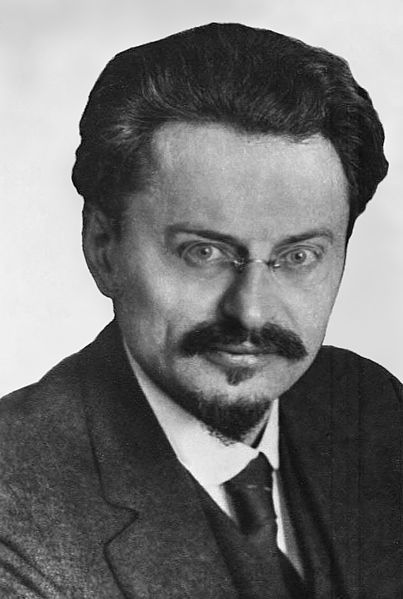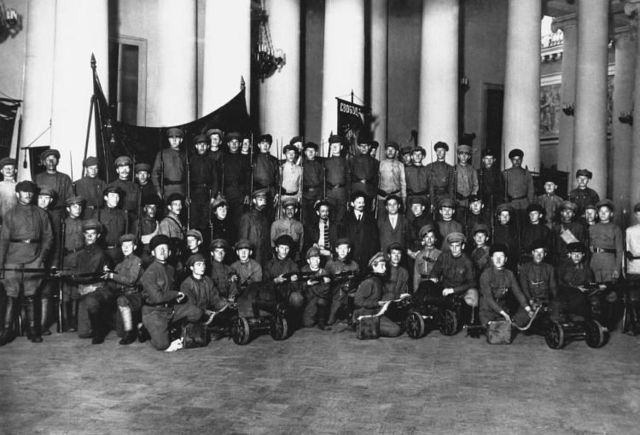The 1989 Soviet census, conducted between 12 and 19 January of that year, was the final census carried out in the Soviet Union. The census found the total population to be 286,730,819 inhabitants. In 1989, the Soviet Union ranked as the third most populous in the world, above the United States, although it was well below China and India.
Census Logo
1989 Soviet census information pamphlet
1989 census form
The Union of Soviet Socialist Republics (USSR), commonly known as the Soviet Union, was a transcontinental country that spanned much of Eurasia from 1922 to 1991. It was the largest country in the world by area, extending across eleven time zones and sharing land borders with twelve countries. A successor state to the Russian Empire, the country was nominally organized as a federal union of fifteen national republics, the largest and most populous of which was the Russian SFSR; in practice both its government and economy were highly centralized until its final years. It was the world's third-most populous country and Europe's most populous country. As a one-party state governed by the Communist Party of the Soviet Union, it was a flagship communist state. Its capital as well its largest city was Moscow. Other highly urbanized centers were Leningrad, Kiev, Tashkent and Baku.
Vladimir Lenin, founder of the Soviet Union and the leader of the Bolsheviks
Leon Trotsky, founder of the Red Army and a key figure in the October Revolution
Lenin, Trotsky and Kamenev celebrating the second anniversary of the October Revolution
Dissolution of the elected Russian Constituent Assembly by the Bolsheviks on 6 January 1918







